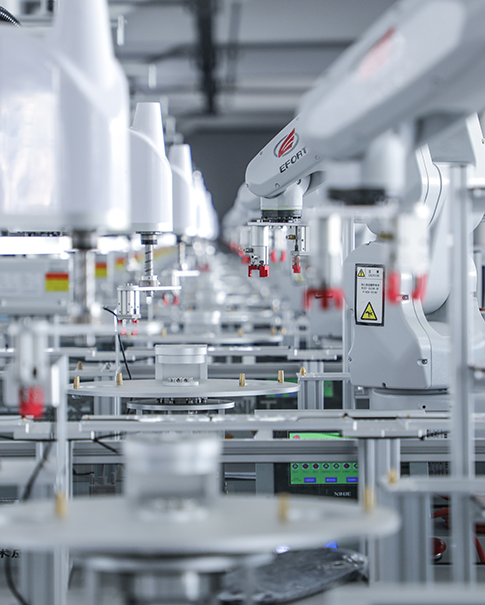The successful landing of NASA's Mars Science Laboratory (MSL) rover, Curiosity, in August 2012 marked a historic milestone in space exploration. Unlike previous Mars missions that relied on airbags for landing, the sheer size and weight of the MSL rover—weighing in at nearly 2,000 pounds—required an entirely new approach. Enter Sierra Nevada Corporation (SNC), whose cutting-edge descent braking technology played a crucial role in ensuring a safe and precise landing. This article explores how SNC’s innovative engineering contributed to the mission, the challenges of landing a heavy rover on Mars, and the lasting impact of this technology on future space exploration.
Landing a massive rover like Curiosity on Mars presented unprecedented engineering hurdles. Previous missions, such as the Mars Exploration Rovers (Spirit and Opportunity), used airbag systems to cushion their impact. However, Curiosity’s size and weight made airbags impractical.
Key Challenges Faced by NASA Engineers:
Mass Limitations: Traditional airbags couldn’t safely absorb the impact of a 2,000-pound rover.
Precision Landing: Mars’ thin atmosphere and unpredictable terrain required an extremely controlled descent.
Complexity of Entry, Descent, and Landing (EDL): The "Seven Minutes of Terror" demanded flawless execution.
To overcome these obstacles, NASA and SNC collaborated on a groundbreaking solution—the sky crane maneuver, supported by SNC’s advanced descent brakes.
SNC’s descent braking system was instrumental in executing the sky crane landing technique. Here’s how it worked:
How the Sky Crane Maneuver Operated
Entry & Parachute Deployment: After surviving the fiery entry into Mars' atmosphere, a supersonic parachute slowed the descent.
Powered Descent: Rocket thrusters further reduced speed, allowing the descent stage to hover.
Lowering the Rover: The sky crane used tethers to gently lower Curiosity to the surface while SNC’s descent brakes ensured stability.
Separation & Flyaway: Once touchdown was confirmed, the descent stage detached and crash-landed safely away from the rover.
SNC’s Critical Contributions
Precision Braking Technology: Enabled controlled deceleration during the final descent phase.
Gear Systems for Mobility: Adapted from earlier rover designs (Spirit & Opportunity) to handle Curiosity’s heavier payload.
Reliability in Extreme Conditions: Engineered to withstand Mars’ harsh environment, including dust storms and temperature extremes.
The success of the sky crane landing method revolutionized Mars exploration in several ways:
Advantages Over Previous Landing Methods
Safer for Heavy Payloads: Enabled future missions (like Perseverance) to carry larger scientific instruments.
More Precise Landings: Allowed targeting of scientifically rich but challenging terrains.
Reusable Technology: Paved the way for future missions, including potential human landings.
Impact on Future Missions
Mars 2020 (Perseverance Rover): Used an upgraded sky crane system, building on SNC’s original design.
Sample Return Missions: The same technology could help retrieve Martian soil samples for return to Earth.
Human Missions to Mars: Proves that large payloads can land safely—a necessity for crewed missions.
SNC’s work on MSL was just one of many contributions to space exploration. The company has been involved in 11 Mars missions, showcasing its expertise in:
Key Areas of Expertise
Landing Systems: Developing reliable descent and braking mechanisms.
Robotic Mobility: Designing durable gear systems for rovers.
Spacecraft Integration: Ensuring seamless compatibility with NASA’s mission requirements.
Beyond Mars: SNC’s Role in Future Exploration
Lunar Missions: Supporting NASA’s Artemis program with landing technologies.
Commercial Spaceflight: Partnering with private space companies to advance interplanetary travel.
Deep Space Exploration: Contributing to missions targeting asteroids and beyond.
The successful landing of NASA’s Curiosity rover was a testament to the power of innovation and collaboration. Sierra Nevada Corporation’s descent braking technology was a cornerstone of this achievement, proving that even the most ambitious space missions are possible with the right engineering solutions. As we look toward future missions—whether to Mars, the Moon, or deeper into the solar system—SNC’s contributions remind us that bold challenges require bold solutions. The sky crane maneuver, once considered a high-risk concept, is now a proven method that will shape the next era of space exploration. What’s next for Mars landings? With advancements in AI and robotics, future rovers could be even larger and more autonomous—thanks in part to the foundation laid by SNC and NASA’s MSL mission.
 Network Supported
Network Supported